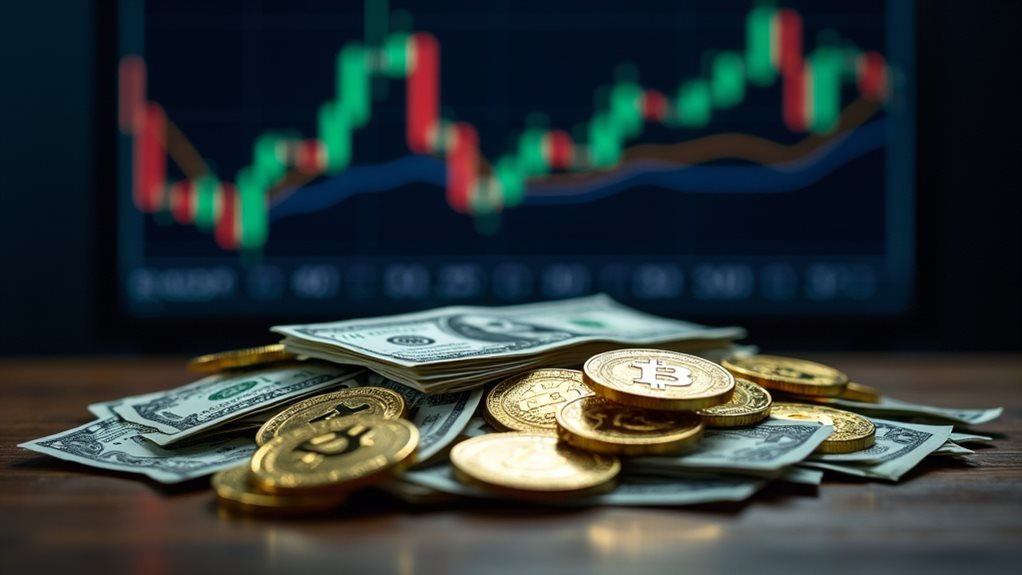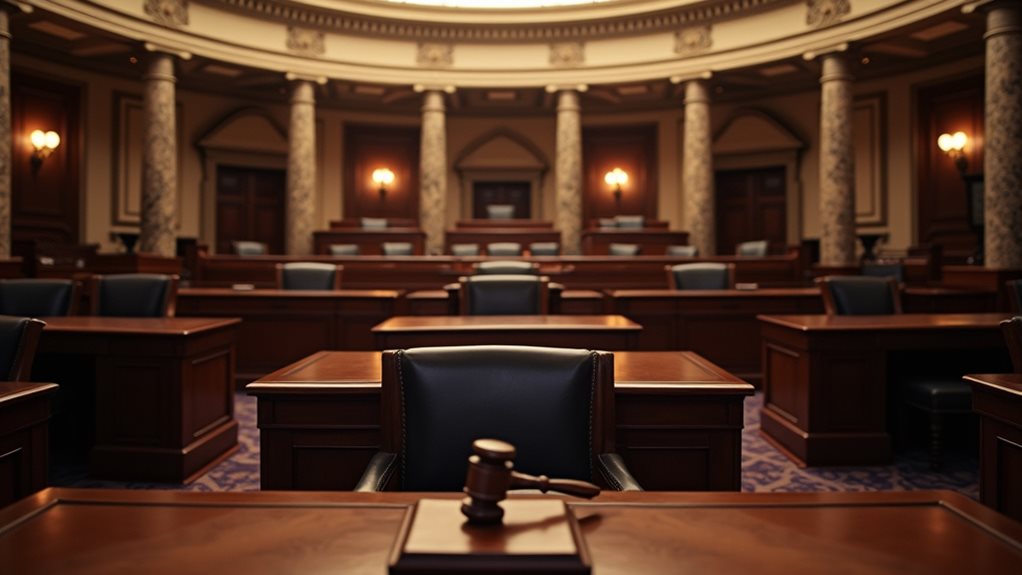The SEC’s bombshell announcement has shaken up the crypto world: fully-backed stablecoins aren’t securities after all. The news sent USDC’s Circle team celebrating while Tether sweated over its diverse reserves. Congress jumped in with bipartisan bills, trying to set national standards. Global regulators are scrambling to keep up, playing a massive game of regulatory whack-a-mole. Consumer protection remains vital, but plenty of questions still hang in the crypto air. The real story’s just beginning to unfold.

The Securities and Exchange Commission has thrown a curveball into the crypto world with its latest stance on stablecoins. The agency’s declaration that stablecoins backed 1:1 with high-quality liquid assets aren’t securities has sent ripples through the industry. Who would’ve thought the SEC could actually make things clearer instead of murkier?
This newfound clarity isn’t all sunshine and rainbows, though. While USDC is sitting pretty with its compliant status, Tether’s USDT is sweating bullets thanks to its diverse reserve composition. Circle’s detailed breakdown of USDC reserves demonstrates transparency in their holdings of cash and money market funds. It’s like showing up to a black-tie event wearing mixed patterns – technically dressed, but not quite right.
Congress isn’t sitting on its hands either. Bipartisan bills are making their way through both chambers, aiming to set national standards for these digital dollars. The GENIUS Act – and yes, that’s really what they called it – wants to keep payment stablecoins out of the securities sandbox while setting up some ground rules. The SEC’s Crypto Task Force is working to reduce regulatory pressure on various digital assets.
Federal and state regulators get to play referee, with smaller issuers getting to pick their poison: federal or state oversight.
The crypto industry’s reaction has been predictably mixed. Some players, like Circle, are practically doing cartwheels over the SEC’s framework. Others are still scratching their heads over the Howey Test’s relevance to digital assets. It’s like trying to fit a square peg into a round hole while blindfolded.
Meanwhile, the global regulatory landscape looks like a game of whack-a-mole. Different countries are taking wildly different approaches, making international compliance about as straightforward as quantum physics. Major U.S. decisions ripple across borders, though, sending other regulators scrambling to keep up.
Consumer protection remains front and center, with new requirements for custody services and risk management. But let’s be real – the debate over stablecoin classification isn’t going away anytime soon. The SEC might have cleared some fog, but plenty of questions still loom large over this rapidly evolving sector.









